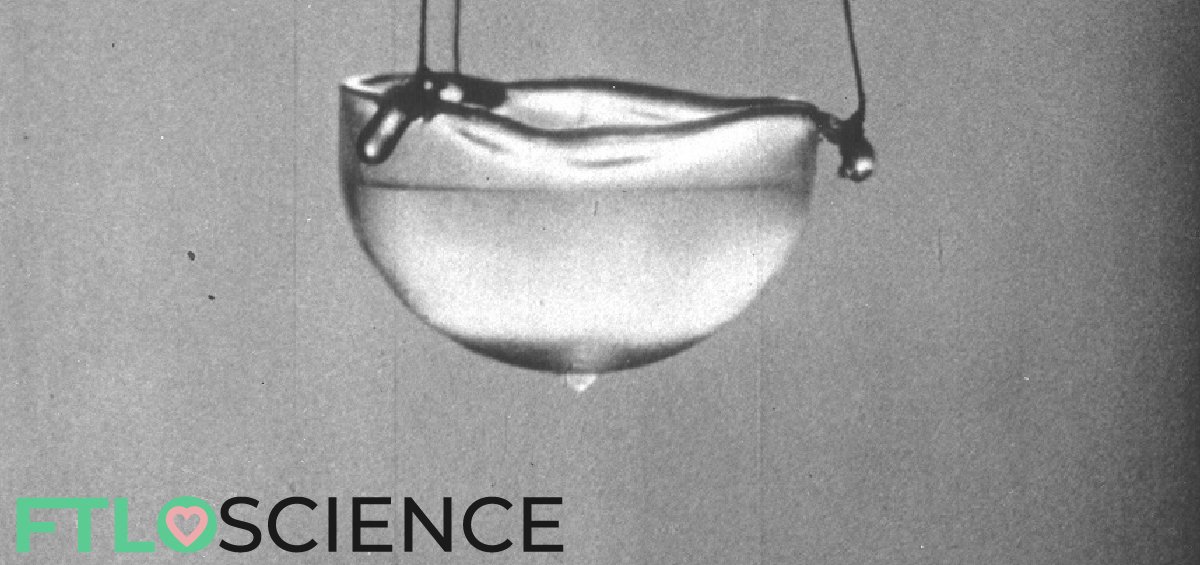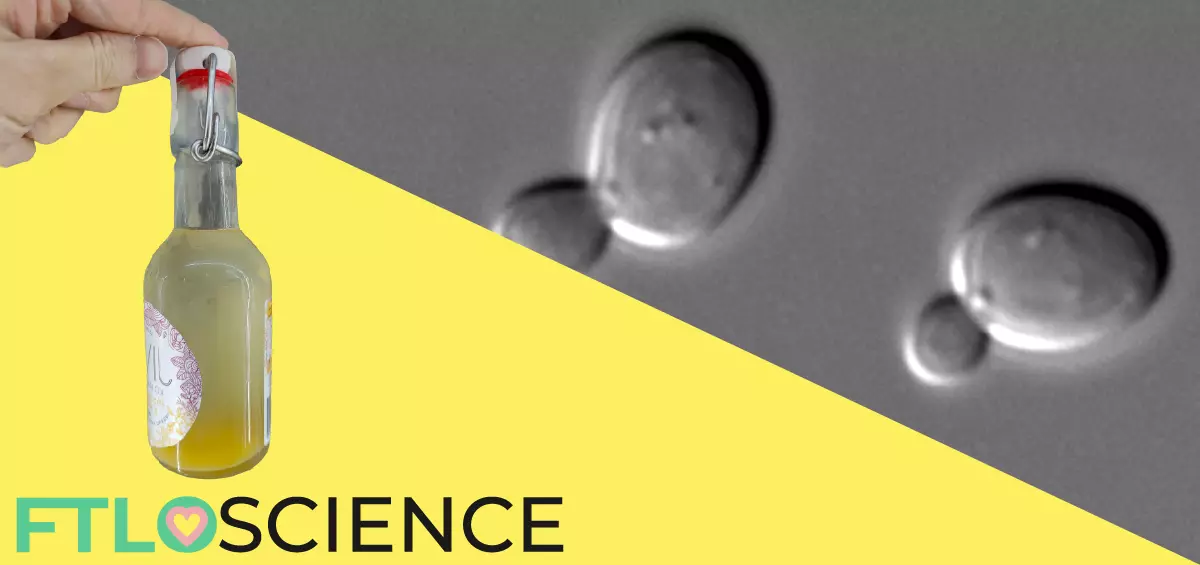Chromatography is a technique used by scientists throughout all disciplines. Many different chromatography techniques exist, each catered to a specific type of analyte. That’s because the principle behind it is simple, the separation of a mixture of compounds into individual components based on their physical or chemical properties. Arguably the most popular options are liquid and gas chromatography, in which the mobile phase is either a liquid solvent or an inert gas, respectively.
So you’ve synthesized your molecule, done your work-up to obtain a (hopefully) pure substance, and a quick FTIR scan confirms the functional groups that you tried so hard to incorporate into your structure are actually there, hooray! What’s next?
Chromatography: Simply Separation
Chromatography is the art of purifying a mixture of compounds by separating them. Separation can be achieved by passing a mixture through an inert adsorbent known as the stationary phase, which separates individual compounds of a mixture based on their unique physical interactions.
Recall thin layer chromatography (TLC) from high school chemistry class? (It’s not been that long!) When marker ink was spotted on a silica plate, its components rose up when immersed in ethanol. The silica, in this case, is the stationary phase, with ethanol (or solvent) being the liquid phase.
It’s the general principle applied to all chromatography techniques! The initial spot comprises different chemicals, that when moved up the silica plate by ethanol, eluted (separated) into individual components.

Chromatography of a given substance will usually provide reasonable evidence of purity, also known as an assay of a target compound. Impurities are the other compounds that decide to elute. These can be side-reaction products, adsorbents, solvents or by-products that were not removed during the purification steps.
It is also possible to identify molecules based on their rate of migration across the stationary phase, known as its retention time. This is based on the interaction with both the mobile phase and the stationary phase. Sometimes the random bits and pieces that aren’t your sample interfere with the separation and cause the whole chromatogram to misbehave, especially if it binds strongly to the stationary phase.
This is just one of the reasons why choosing the right technique for your separation is crucial. Without any direction as to where to begin, it can be difficult to choose parameters that will work for you the first time around. If you’re designing a method from scratch, be prepared for lots and lots of trial and error!
Liquid Chromatography
As the name suggests, liquid chromatography (LC) gets its name from the mobile phase which is the solvent and carrier of your compounds. Anything that dissolves can, therefore, be studied in an LC system, but endless possibilities for optimizing the makeup of your mobile phase can really mess with your head.
LC employs the use of a column containing a solid stationary phase that interacts with your sample and mobile phase. These columns can be packed with polar (normal phase) or non-polar (revered phase) material, usually chosen to be the opposite of the mobile phase.
More specialized columns exist, such as size exclusion and ion exchange columns that—coupled with the ability to collect eluted fractions–make LC systems extremely versatile.

LC systems are usually fitted with a refractive index (RI) detector, which measures the difference between the RI of the solvent with whatever it is that is passing through. Higher sensitivities can be attained using a UV-Visible detector, which can analyze the absorbance of the elutions at certain wavelengths (very useful for proteins due to certain aromatic amino acids absorbing UV light at a wavelength of 280 nm).
There is a whole range of detectors available on the market but if you’ve got the budget, a mass spectrometer detector coupled with the versatility of LC systems is able to separate and analyze just about anything!
Gas Chromatography
Gas chromatography (GC) relies on the use of an inert gas mobile phase to ‘carry’ compounds through the system. This means that ionization of the sample to its gaseous phase is required, which immediately rules out larger, less stable molecules from being analyzed using GC techniques as they are more prone to fragmentation (read: proteins).
Having an inert carrier gas means not having to worry too much about mobile phase interactions and flushing the system afterward, and compared to solvents used in LC, is much cheaper in the long run.
GC systems also use columns as stationary phases, but these are not ‘packed’ but rather consist of a liquid film either chemically bonded or coated on the inner wall of a column3.
This liquid stationary phase can be customized based on its application. Similar to choosing the mobile phase in LC, column selection is based on the general chemical principle that “likes dissolves like.” A non-polar column works best for the separation of non-polar compounds, and polar columns for polar compounds.

Just like with LC systems, you can attach any piece of detector equipment at the back of your GC system (most systems nowadays even allow for two!) For the analysis of small, organic molecules, however, GC systems are unique in their ability to use a flame ionization detector (FID).
FID is basically a cheap mass spectrometer that can pick up hydrocarbon signals by burning whatever comes out the other end of a column—in a fireball of hydrogen. Of course, you could just beg your department again to just buy that expensive mass spectrometer detector already!
There is a whole range of combinations available out there, but it all boils down to what you are trying to analyze. Because at the end of the day, all you really need is separation and identification. Just like how you managed to visualize the components of marker ink on that silica plate in high school.
Featured image of a packed column (Flickr)
Reference
- Peck, R. L. (1950). Characterization of organic compounds. Analytical Chemistry, 22(1), 121-126.
- Snyder, L. R., Kirkland, J. J., & Dolan, J. W. (2011). Introduction to modern liquid chromatography. John Wiley & Sons.
- How to Choose a Capillary GC Column. (n.d.). Retrieved March 31, 2018, from https://www.sigmaaldrich.com/analytical-chromatography/gas-chromatography/column-selection.html
About the Author

Sean is a consultant for clients in the pharmaceutical industry and is an associate lecturer at La Trobe University, where unfortunate undergrads are subject to his ramblings on chemistry and pharmacology.




